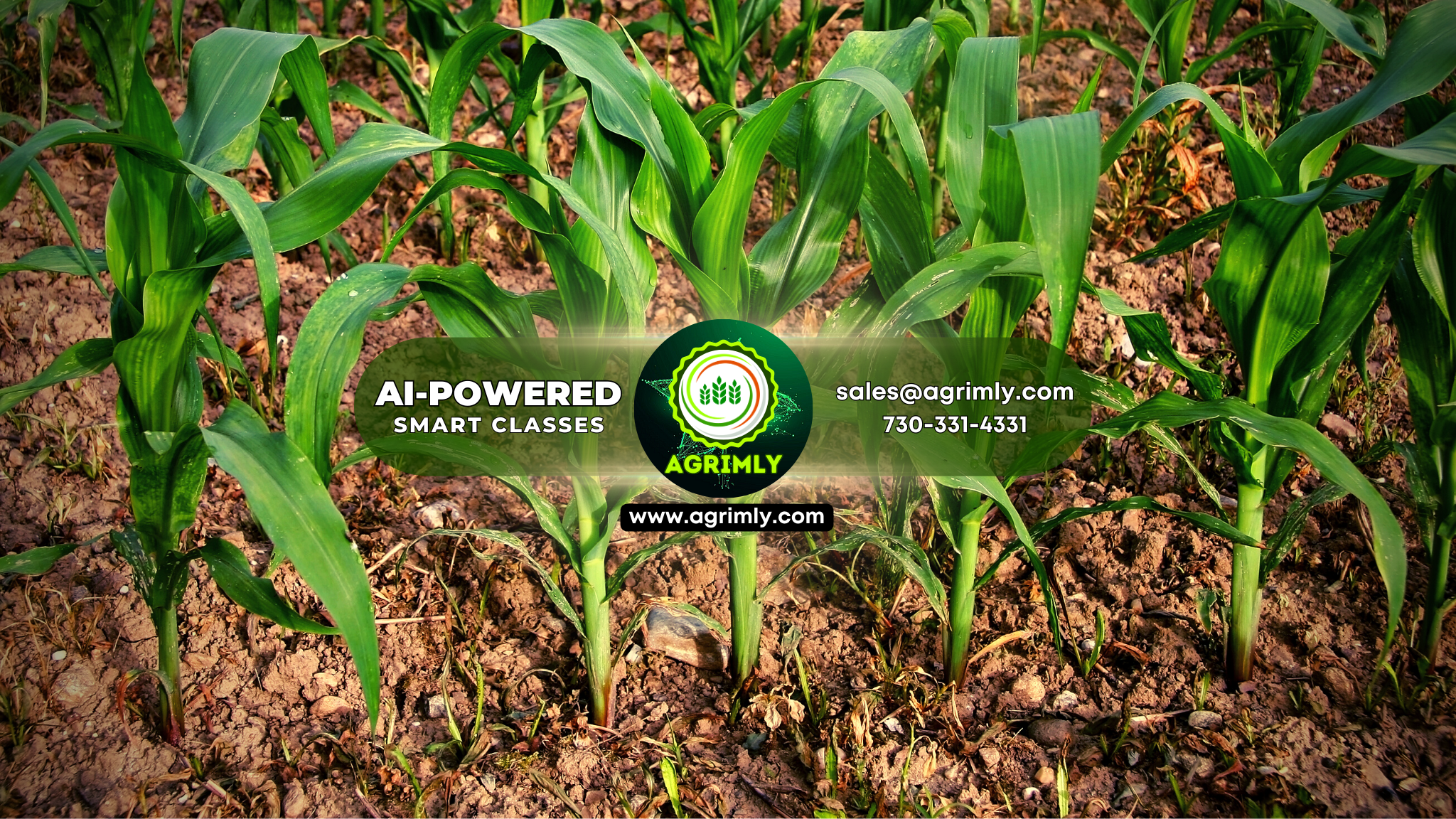Propagation of Fruit Trees in India - MCQs
-
1. What are the two main methods of propagating fruit trees?
A. Hybridization and Mutation
B. Sexual and Asexual
C. Budding and Grafting
D. Tissue Culture and Layering
Correct Answer: B. Sexual and Asexual
2. What does sexual propagation of fruit trees involve?
A. Use of vegetative parts such as stems and leaves
B. Use of seeds produced by the fusion of male and female gametes
C. Combination of desirable traits from different varieties
D. Production of disease-free planting material
Correct Answer: B. Use of seeds produced by the fusion of male and female gametes
3. Which of the following is NOT an advantage of asexual propagation?
A. Genetic uniformity of the progeny
B. Early and high yield of fruits
C. Requires skilled labour and specialized equipment
D. Combination of desirable traits from different varieties
Correct Answer: C. Requires skilled labour and specialized equipment
4. What can be a disadvantage of asexual propagation?
A. High genetic variability
B. Loss of vigour and adaptability of the plants
C. Increased genetic diversity
D. Decreased susceptibility to pests and diseases
Correct Answer: B. Loss of vigour and adaptability of the plants
5. Which factor does NOT affect the success of asexual propagation?
A. Color of the propagule
B. Season and environment of propagation
C. Rootstock and scion compatibility
D. Method and technique of propagation
Correct Answer: A. Color of the propagule
6. How is mango typically propagated asexually in India?
A. Air layering and cleft grafting
B. T-budding and chip budding
C. Inarching, veneer grafting, softwood grafting, and epicotyl grafting
D. Suckers and sword suckers
Correct Answer: C. Inarching, veneer grafting, softwood grafting, and epicotyl grafting
7. Which asexual propagation method is commonly used for Citrus in India?
A. Hardwood cuttings and greenwood cuttings
B. T-budding, patch budding, and chip budding
C. Suckers and bits
D. Inarching and veneer grafting
Correct Answer: B. T-budding, patch budding, and chip budding
8. Guava trees in India are asexually propagated through which of the following methods?
A. Suckers and tissue culture
B. Hardwood cuttings and tissue culture
C. Air layering, cleft grafting, and softwood cuttings
D. T-budding and patch budding
Correct Answer: C. Air layering, cleft grafting, and softwood cuttings
9. Which of the following is a method of asexual propagation not used for grapes in India?
A. Tissue culture
B. Hardwood cuttings
C. Greenwood cuttings
D. Suckers
Correct Answer: D. Suckers
10. What is a common disadvantage of asexual and sexual propagation methods?
A. Asexual propagation may cause genetic erosion and loss of biodiversity.
B. Sexual propagation ensures the genetic uniformity of the progeny.
C. Asexual propagation does not require skilled labour.
D. Sexual propagation allows for early and high yield of fruits.
Correct Answer: A. Asexual propagation may cause genetic erosion and loss of biodiversity.
***


